Home>Construction & Tools>Building Materials>What Causes Stucco To Bubble
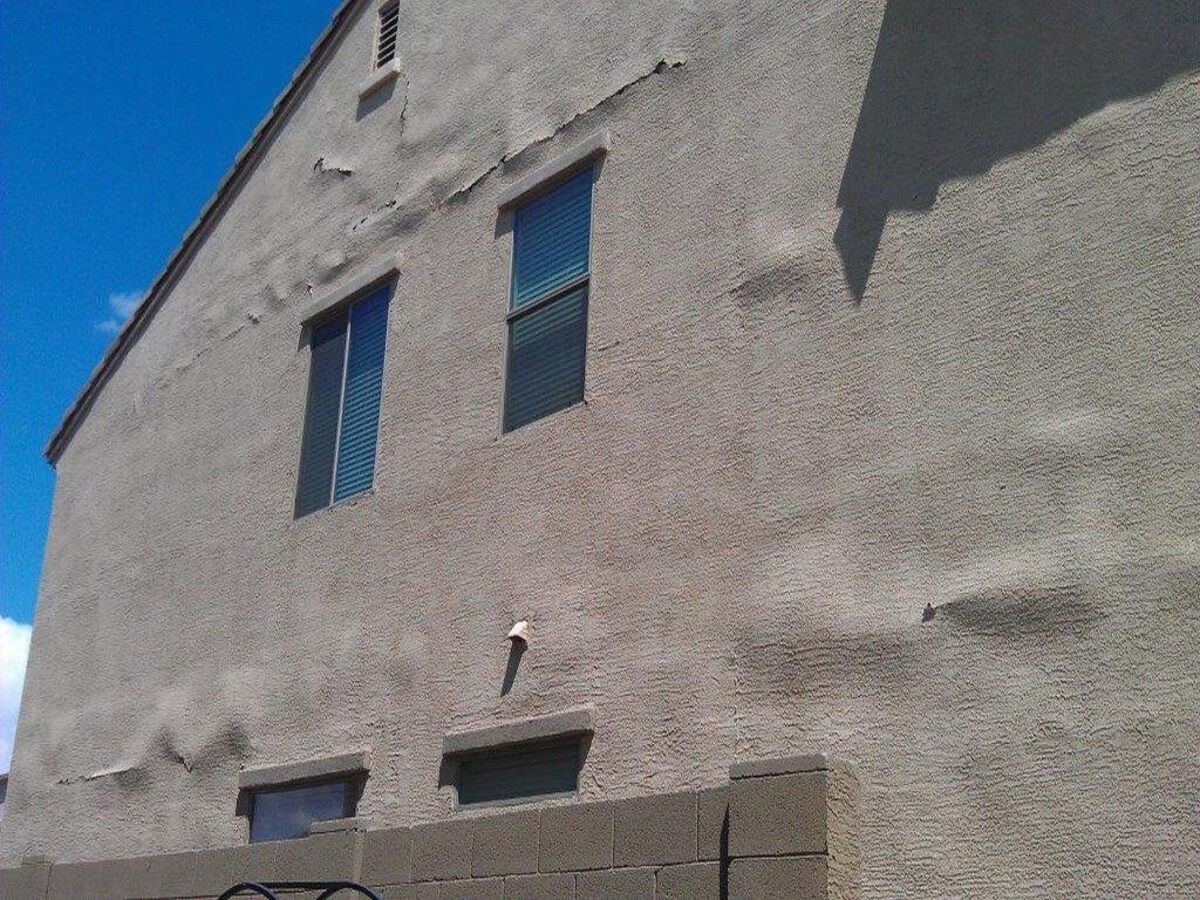

Building Materials
What Causes Stucco To Bubble
Published: January 17, 2024
Learn about the causes of stucco bubbling and how to prevent it. Explore the impact of building materials on stucco durability.
(Many of the links in this article redirect to a specific reviewed product. Your purchase of these products through affiliate links helps to generate commission for Storables.com, at no extra cost. Learn more)
Introduction
Stucco is a popular exterior finish for many homes and buildings due to its durability, versatility, and timeless aesthetic appeal. However, despite its numerous advantages, stucco is susceptible to various issues, one of the most common being bubbling. Understanding the causes of stucco bubbling is crucial for homeowners, builders, and contractors to effectively address and prevent this problem.
In this comprehensive guide, we will delve into the intricacies of stucco bubbling, exploring the underlying factors that contribute to this issue. By shedding light on the common causes of stucco bubbling, we aim to equip readers with the knowledge needed to identify, mitigate, and resolve bubbling in stucco finishes.
Let's embark on a journey to unravel the mysteries of stucco bubbling and gain valuable insights into preserving the integrity and beauty of stucco exteriors.
Key Takeaways:
- Stucco bubbling can be caused by factors like inadequate mixing, excessive moisture, substrate issues, application errors, and freeze-thaw cycles. Understanding these causes is crucial for preventing and addressing bubbling issues in stucco finishes.
- Environmental factors, poor installation, and moisture accumulation can all contribute to stucco bubbling. By addressing these issues and implementing proactive measures, homeowners and builders can preserve the durability and visual appeal of stucco exteriors.
Read more: What Causes Stucco Leaks
What is Stucco?
Stucco, a time-honored building material, has been adorning the exteriors of structures for centuries, imparting a touch of elegance and resilience to architectural designs. Composed of cement, sand, lime, and water, stucco is renowned for its versatility and ability to create a seamless, textured finish on various surfaces, including concrete, brick, and wood.
When applied correctly, stucco forms a robust and weather-resistant coating that shields buildings from the elements while enhancing their visual appeal. Its adaptability allows for a myriad of decorative finishes, from smooth and sleek to textured and rustic, catering to diverse aesthetic preferences.
Moreover, stucco is renowned for its fire-resistant properties, making it a favored choice for constructing fire-resistant barriers in buildings. This characteristic adds a layer of safety and protection, bolstering the structural integrity of edifices.
Stucco’s enduring popularity can be attributed to its ability to withstand the test of time, requiring minimal maintenance while exuding a timeless charm. However, despite its durability, stucco is not impervious to issues such as bubbling, which can detract from its aesthetic appeal and structural integrity.
Understanding the composition and characteristics of stucco is essential for comprehending the factors that contribute to bubbling, enabling homeowners and professionals to address this issue effectively. By gaining insight into the nature of stucco and its inherent strengths and vulnerabilities, individuals can make informed decisions when it comes to installation, maintenance, and repair, ensuring that stucco exteriors remain resilient and visually captivating.
Now that we have explored the essence of stucco, let’s delve into the common causes of stucco bubbling, unraveling the mysteries behind this phenomenon and empowering individuals with the knowledge to safeguard and preserve the allure of stucco finishes.
Common Causes of Stucco Bubbling
Stucco bubbling, often a source of concern for homeowners and builders, can stem from various factors, ranging from environmental influences to installation mishaps. Understanding these common causes is pivotal in addressing and preventing bubbling issues, safeguarding the structural integrity and visual appeal of stucco exteriors.
- Inadequate Mixing: Improperly mixed stucco, characterized by inconsistencies in the distribution of cement, sand, and lime, can lead to bubbling. When the mixture lacks uniformity, it may fail to bond effectively with the substrate, resulting in air pockets and subsequent bubbling.
- Excessive Moisture: Moisture infiltration is a primary culprit behind stucco bubbling. When stucco is applied to surfaces with high moisture content or in damp weather conditions, the presence of moisture can impede proper adhesion and curing, leading to the formation of bubbles as the stucco dries.
- Substrate Issues: Uneven or unsuitable substrates can contribute to bubbling in stucco finishes. Surfaces that are not properly prepared or lack adequate bonding agents may compromise the adhesion of the stucco, resulting in irregularities and air entrapment.
- Application Errors: Incorrect application techniques, such as excessively thick coats or insufficient drying time between layers, can give rise to bubbling. Inadequate troweling and improper consolidation of the stucco can also contribute to the formation of air pockets within the finish.
- Freeze-Thaw Cycles: In regions prone to freezing temperatures, the expansion and contraction of moisture within the stucco during freeze-thaw cycles can cause bubbling and cracking. This phenomenon underscores the importance of using appropriate stucco mixes and installation practices tailored to the prevailing climatic conditions.
By recognizing these common causes of stucco bubbling, homeowners and professionals can take proactive measures to mitigate these issues during installation and maintenance. Addressing these underlying factors is essential for preserving the structural soundness and visual allure of stucco exteriors, ensuring that they remain resilient and aesthetically pleasing for years to come.
Environmental Factors
Environmental conditions play a pivotal role in the performance and longevity of stucco exteriors, significantly influencing the likelihood of bubbling and other issues. Understanding the impact of environmental factors is crucial for homeowners and builders seeking to mitigate the risks associated with stucco bubbling.
Temperature Fluctuations: Extreme temperature variations can exert stress on stucco finishes, potentially leading to bubbling. In regions with substantial temperature differentials between seasons, the expansion and contraction of the stucco due to temperature fluctuations can create micro-fractures and air pockets within the finish, culminating in bubbling over time.
Humidity Levels: High humidity levels can impede the proper curing and adhesion of stucco, increasing the likelihood of bubbling. Excessive moisture in the air or within the substrate can hinder the evaporation of water from the stucco, prolonging the curing process and potentially causing bubbles to form as the stucco dries.
Precipitation and Water Exposure: Stucco exteriors are vulnerable to moisture infiltration from rain, snow, and other forms of precipitation. Prolonged exposure to water can compromise the integrity of the stucco, leading to bubbling and other moisture-related issues. Inadequate drainage and water management systems can exacerbate the risk of stucco bubbling, emphasizing the importance of proper moisture control measures.
Sunlight and UV Exposure: Intense sunlight and prolonged UV exposure can impact the performance of stucco finishes, potentially contributing to bubbling. UV radiation can degrade the surface of the stucco over time, diminishing its ability to resist moisture and environmental stressors, thereby increasing the susceptibility to bubbling and other forms of deterioration.
By acknowledging the influence of environmental factors on stucco performance, homeowners and builders can implement proactive measures to mitigate the impact of these variables. From selecting appropriate stucco mixes tailored to the prevailing climatic conditions to implementing effective moisture management strategies, addressing environmental factors is essential for preserving the integrity and visual appeal of stucco exteriors.
Ensure that the stucco surface is properly prepared and free of any contaminants before applying the stucco. This will help prevent bubbling and ensure a smooth finish.
Poor Installation
The quality of stucco installation plays a pivotal role in determining the durability and visual appeal of the finish. Poor installation practices can significantly increase the likelihood of bubbling and other issues, underscoring the importance of adhering to industry best practices and standards.
Subpar Workmanship: Inadequate craftsmanship during the application of stucco can lead to bubbling. Improper troweling, uneven application, and insufficient consolidation of the stucco can create air pockets and irregularities within the finish, diminishing its structural integrity and aesthetic appeal.
Incorrect Mixing and Proportions: Deviating from the recommended mixing ratios and proportions for stucco can result in substandard finishes prone to bubbling. Inaccurate measurements of cement, sand, lime, and water can compromise the cohesion and adhesion of the stucco, contributing to the formation of air pockets and subsequent bubbling as the finish cures.
Insufficient Surface Preparation: Inadequate preparation of the substrate prior to stucco application can exacerbate the risk of bubbling. Surfaces that are not properly cleaned, primed, or leveled may impede the bond between the stucco and the substrate, leading to adhesion issues and the formation of bubbles during the curing process.
Failure to Follow Manufacturer Guidelines: Neglecting to adhere to the installation guidelines provided by stucco manufacturers can compromise the integrity of the finish, increasing the likelihood of bubbling. From recommended application techniques to curing times and environmental considerations, deviating from these guidelines can undermine the performance and longevity of the stucco.
Lack of Quality Control: Inconsistent quality control measures during the installation process can contribute to bubbling in stucco finishes. Without rigorous oversight and adherence to established standards, the likelihood of installation errors and subsequent bubbling increases, highlighting the importance of stringent quality assurance protocols.
By recognizing the impact of poor installation practices on stucco performance, homeowners and builders can prioritize meticulous workmanship and adherence to industry standards, mitigating the risk of bubbling and ensuring that stucco exteriors exhibit exceptional durability and visual appeal.
Moisture Accumulation
Moisture accumulation is a pervasive issue that can significantly impact the integrity and appearance of stucco exteriors, potentially leading to bubbling and other forms of deterioration. Understanding the sources and implications of moisture accumulation is crucial for homeowners and builders seeking to safeguard the longevity and visual allure of stucco finishes.
Poor Drainage and Water Intrusion: Inadequate drainage systems and water intrusion can result in moisture accumulation behind or within the stucco finish, fostering conditions conducive to bubbling. Improperly directed downspouts, clogged gutters, and structural deficiencies can exacerbate the risk of moisture infiltration, compromising the adhesion and stability of the stucco.
Condensation and Vapor Diffusion: Condensation and vapor diffusion within wall cavities can contribute to moisture accumulation, potentially leading to bubbling in stucco exteriors. In regions with fluctuating temperatures and humidity levels, the presence of condensation and vapor can impede the proper drying and curing of the stucco, resulting in the formation of bubbles as the moisture attempts to escape through the finish.
Leaking Roofing and Flashing: Roof leaks and compromised flashing can introduce moisture into the building envelope, posing a risk to the stucco finish. Water infiltration from damaged or improperly installed roofing materials can lead to moisture accumulation within the walls, compromising the integrity of the stucco and increasing the likelihood of bubbling and other moisture-related issues.
Groundwater and Capillary Action: Groundwater seepage and capillary action can contribute to moisture accumulation in the foundation and walls, potentially impacting the performance of stucco exteriors. Elevated groundwater levels and capillary moisture migration can compromise the stability and adhesion of the stucco, creating conditions conducive to bubbling and other forms of moisture-related deterioration.
High Humidity and Weather Exposure: Prolonged exposure to high humidity levels and inclement weather can exacerbate moisture accumulation in stucco exteriors, increasing the risk of bubbling. Humid climates and frequent precipitation can impede the proper drying and curing of the stucco, fostering an environment where moisture-related issues, including bubbling, can manifest over time.
By addressing the challenges associated with moisture accumulation, homeowners and builders can implement effective moisture management strategies, such as improving drainage systems, addressing roof and flashing issues, and enhancing vapor barriers, to mitigate the risk of bubbling and preserve the resilience and visual appeal of stucco exteriors.
Conclusion
Stucco bubbling, while a common concern for homeowners and builders, is a multifaceted issue influenced by a myriad of factors, including environmental conditions, installation practices, and moisture management. By delving into the common causes of stucco bubbling and exploring the impact of environmental factors, poor installation, and moisture accumulation, we have gained valuable insights into the complexities of this phenomenon.
Recognizing the pivotal role of environmental factors, such as temperature fluctuations, humidity levels, and sunlight exposure, underscores the importance of tailoring stucco installation and maintenance practices to the prevailing climatic conditions. By addressing these variables, homeowners and builders can mitigate the risk of bubbling and enhance the longevity and performance of stucco exteriors.
Moreover, the significance of meticulous installation practices and stringent quality control measures cannot be overstated. By prioritizing proper mixing, surface preparation, and adherence to manufacturer guidelines, individuals can minimize the likelihood of installation-related issues that may contribute to stucco bubbling, ensuring that the finish exhibits exceptional durability and visual appeal.
Furthermore, the impact of moisture accumulation on stucco performance highlights the need for comprehensive moisture management strategies, encompassing effective drainage systems, vapor barriers, and proactive measures to address water intrusion and condensation. By addressing these sources of moisture, homeowners and builders can mitigate the risk of bubbling and preserve the structural integrity and aesthetic allure of stucco exteriors.
As we conclude our exploration of stucco bubbling, it is evident that a holistic approach encompassing environmental considerations, meticulous installation practices, and proactive moisture management is essential for safeguarding the resilience and visual appeal of stucco finishes. By applying this knowledge and embracing best practices, individuals can navigate the complexities of stucco bubbling, ensuring that stucco exteriors stand the test of time, exuding enduring charm and structural integrity.
Armed with a deeper understanding of stucco bubbling and its underlying causes, homeowners and builders are empowered to make informed decisions, implement effective preventive measures, and preserve the timeless elegance and durability of stucco exteriors for generations to come.
Frequently Asked Questions about What Causes Stucco To Bubble
Was this page helpful?
At Storables.com, we guarantee accurate and reliable information. Our content, validated by Expert Board Contributors, is crafted following stringent Editorial Policies. We're committed to providing you with well-researched, expert-backed insights for all your informational needs.
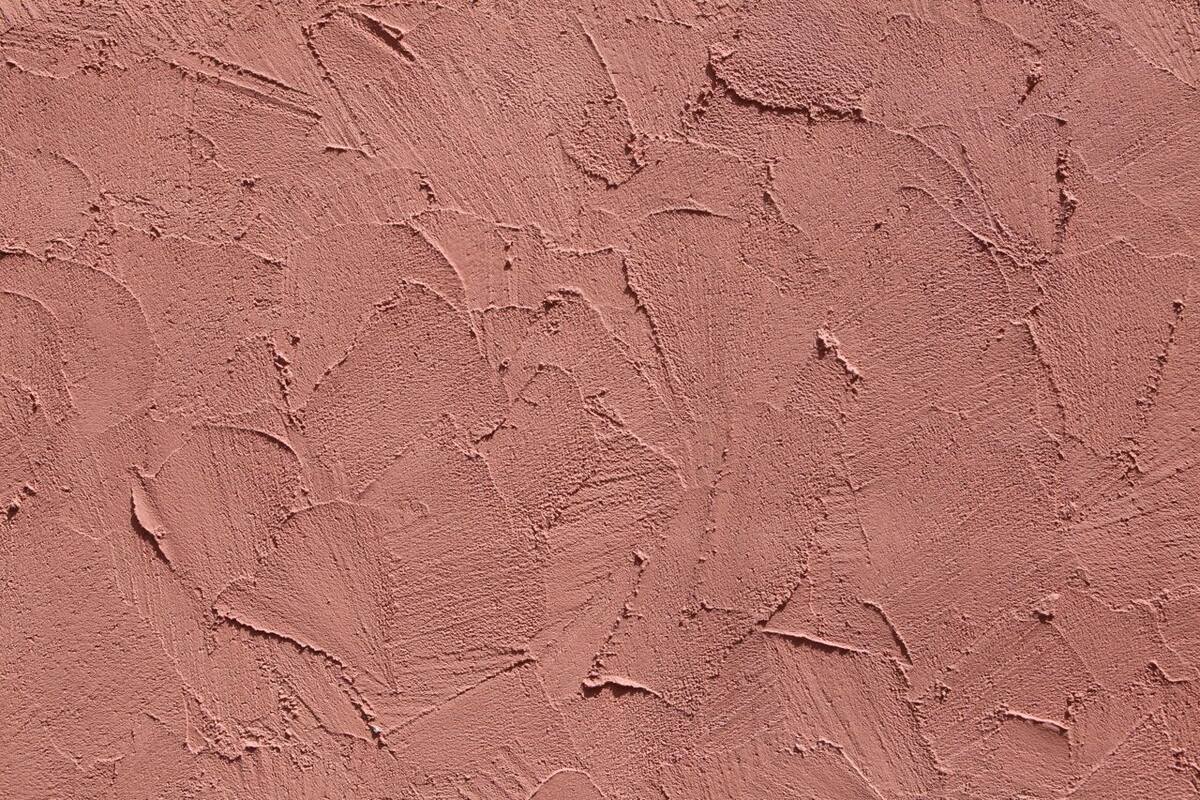
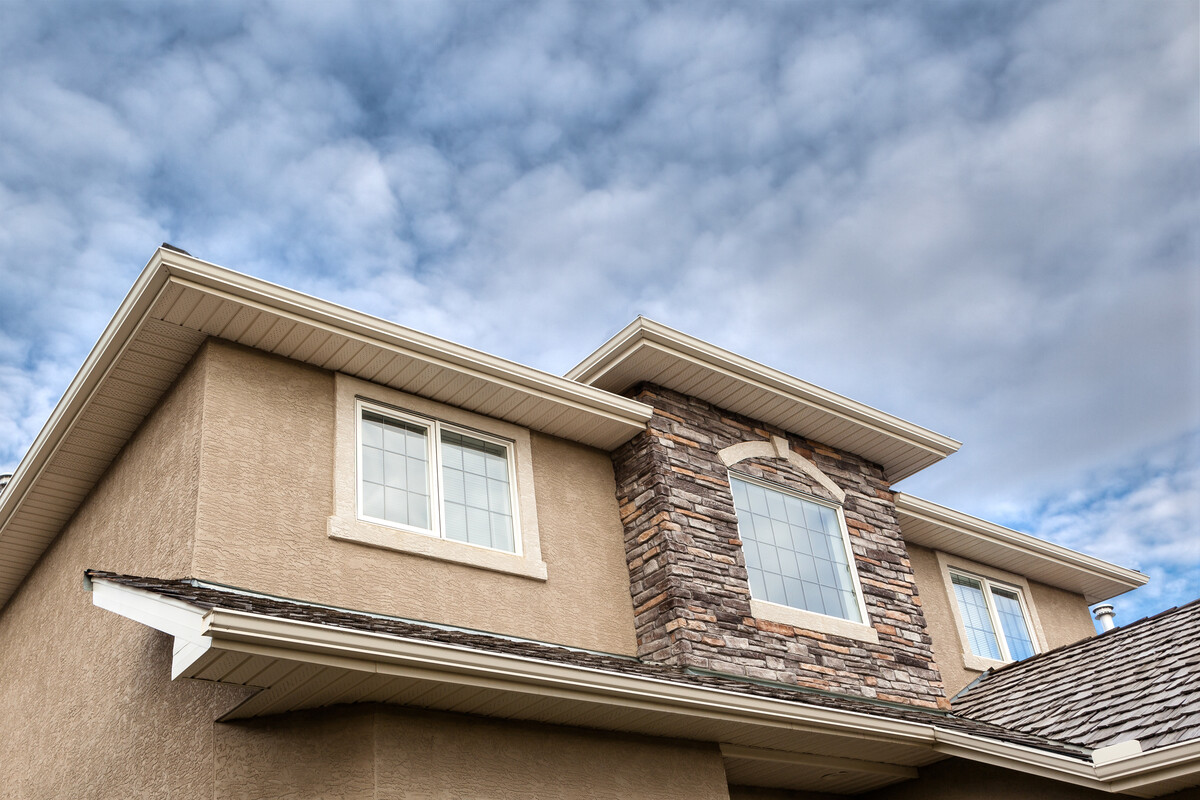
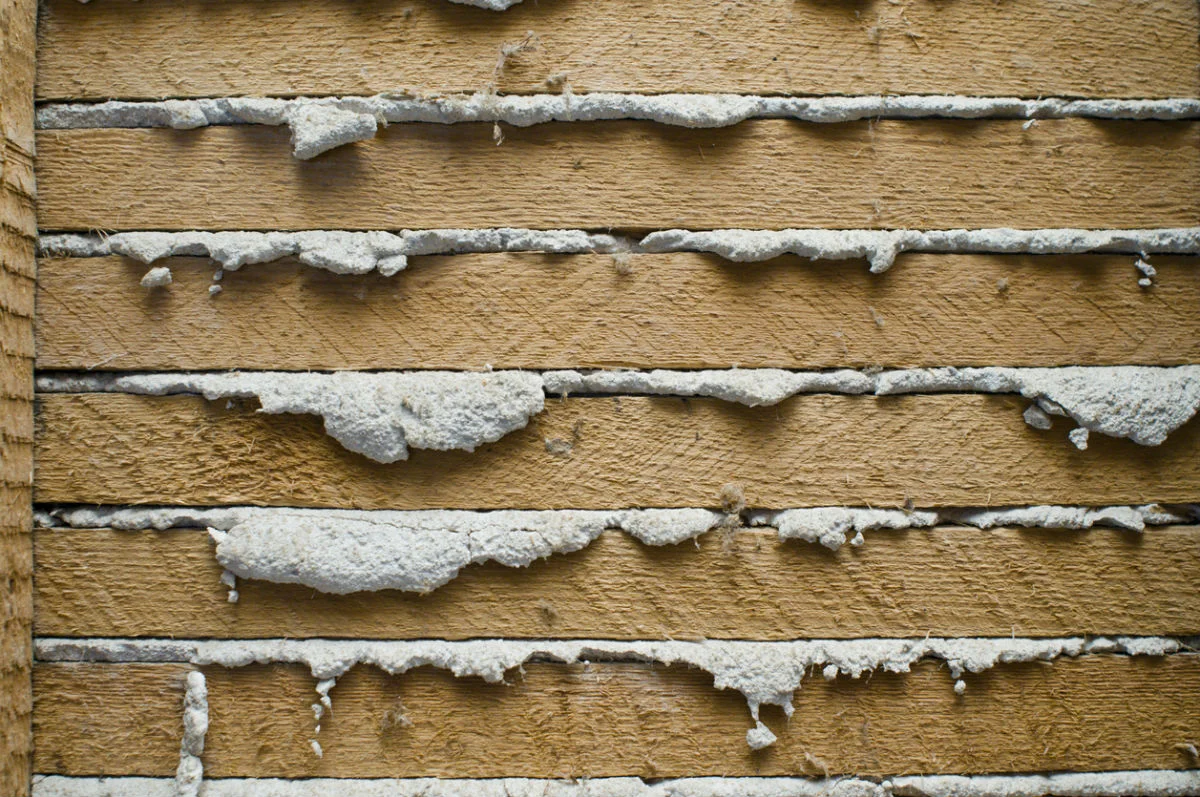
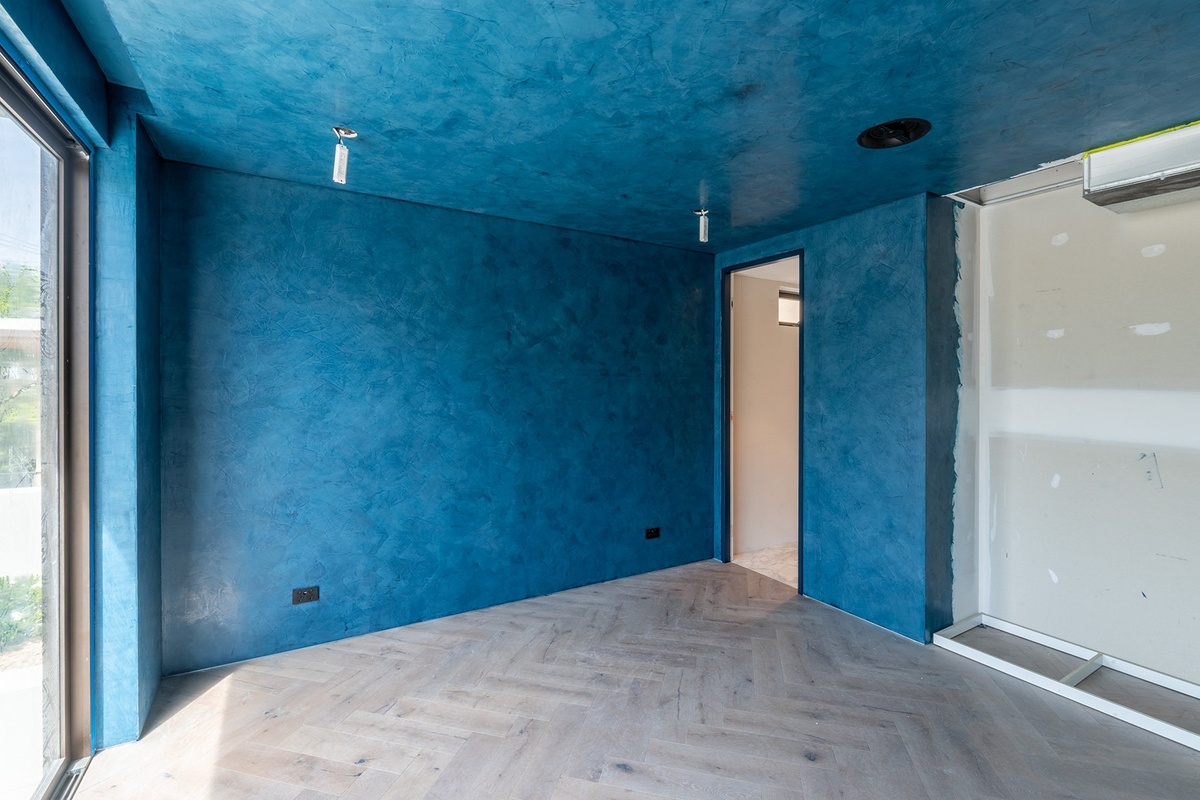
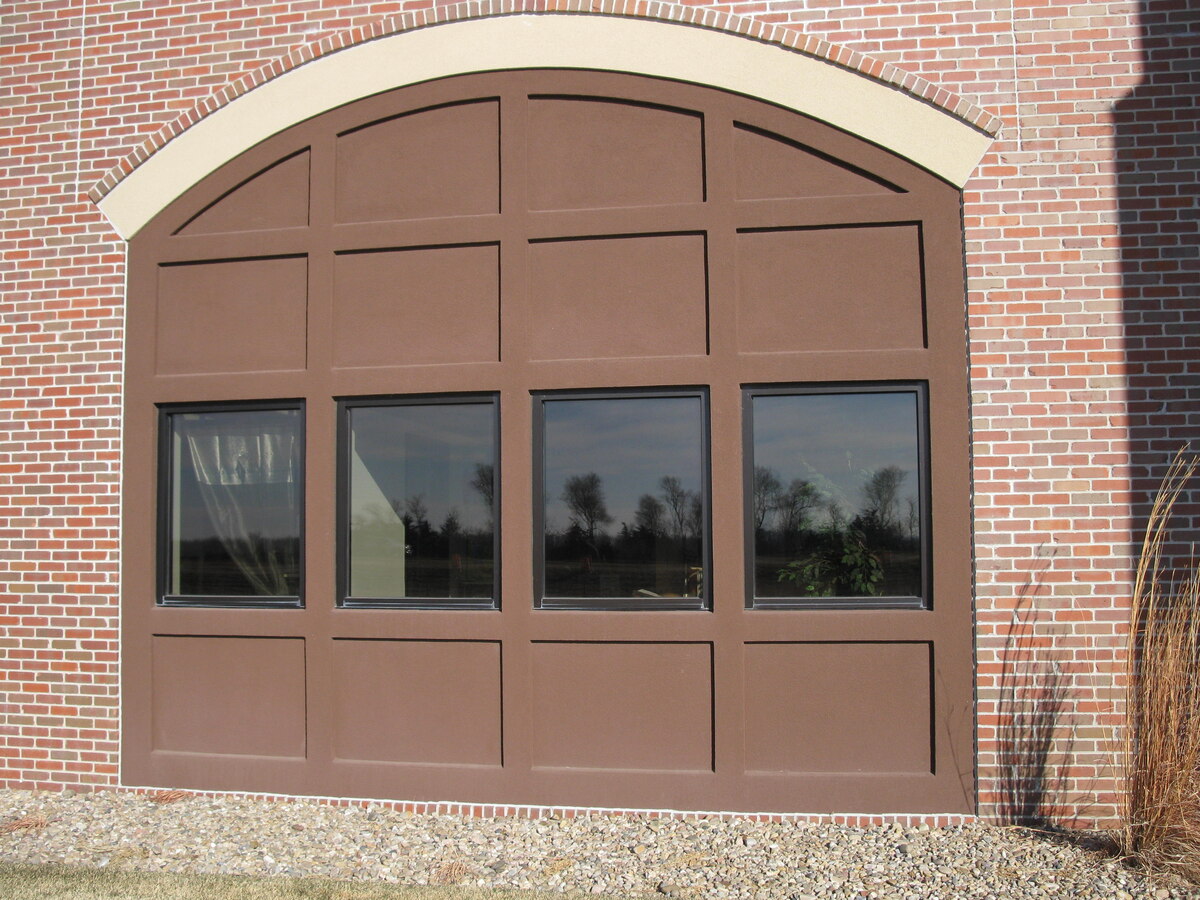
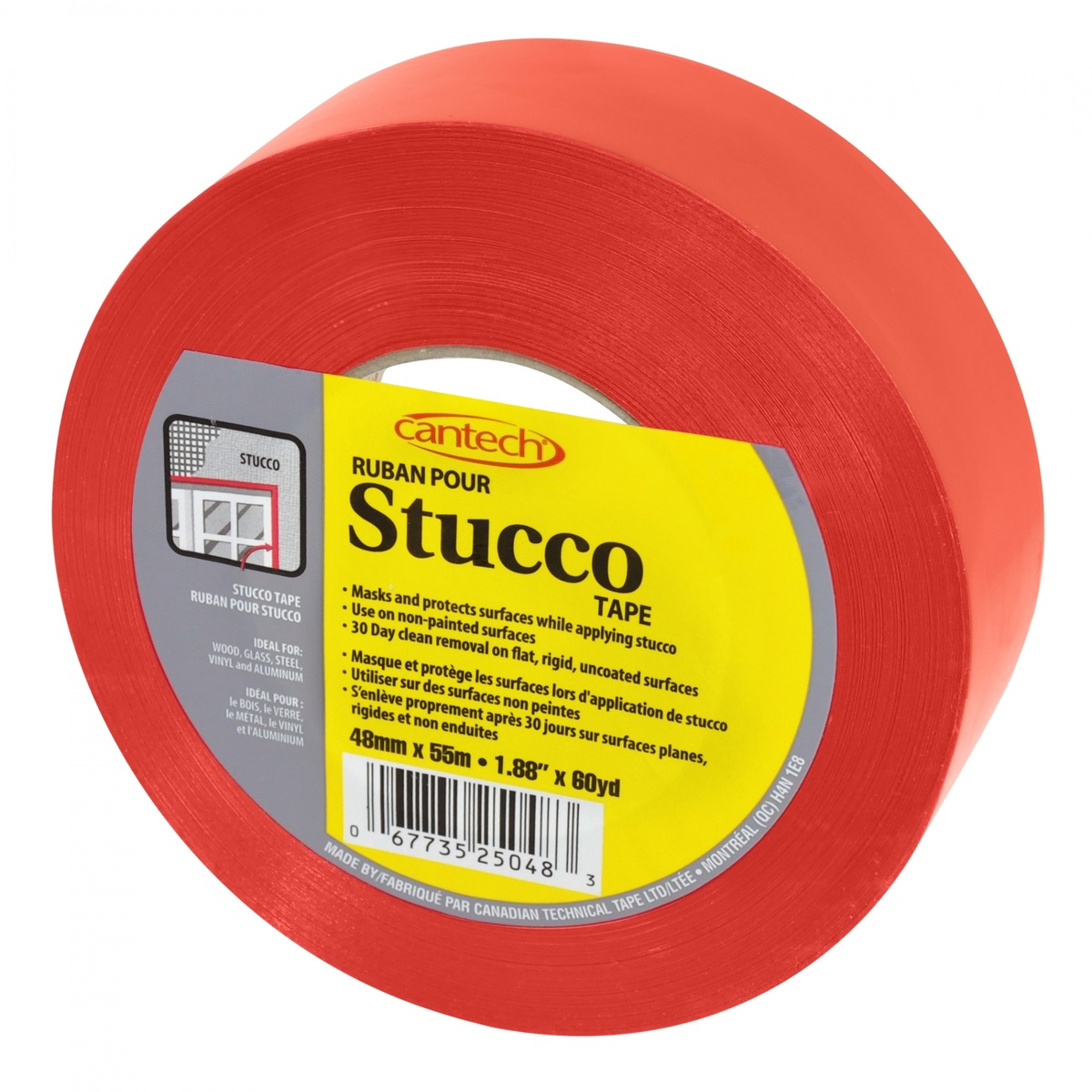
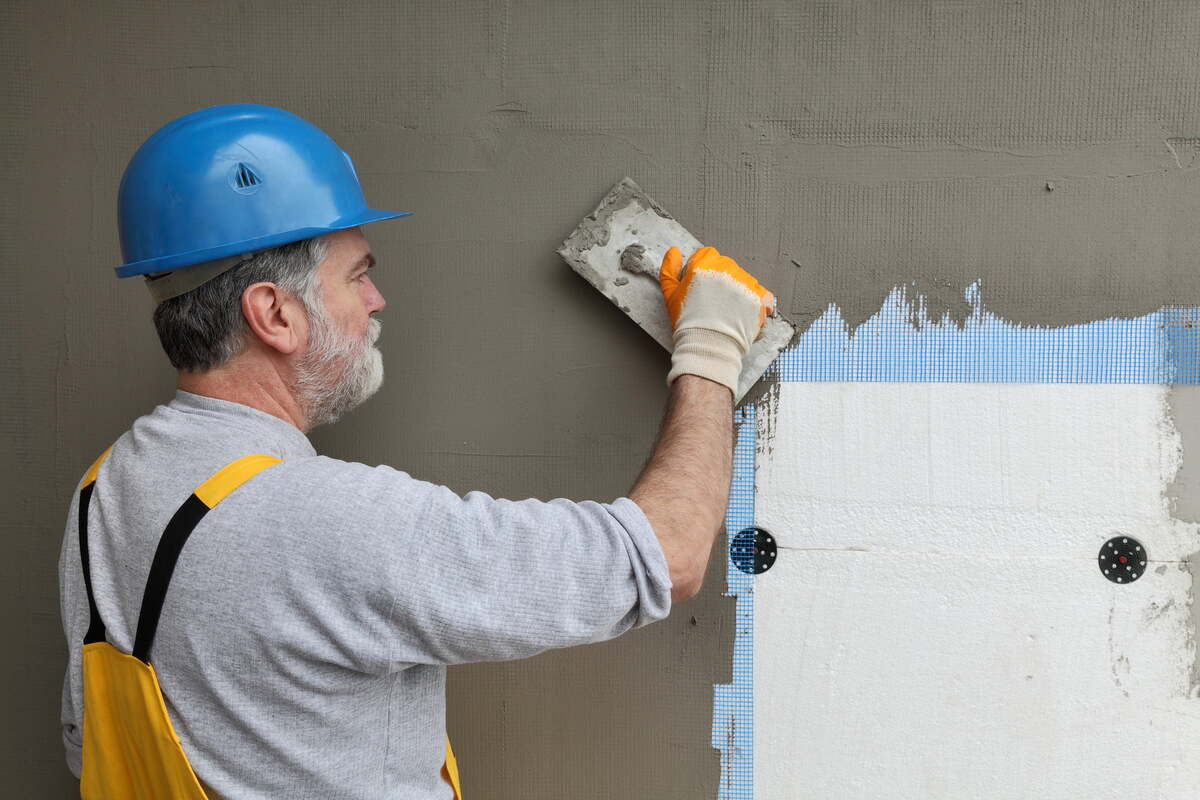
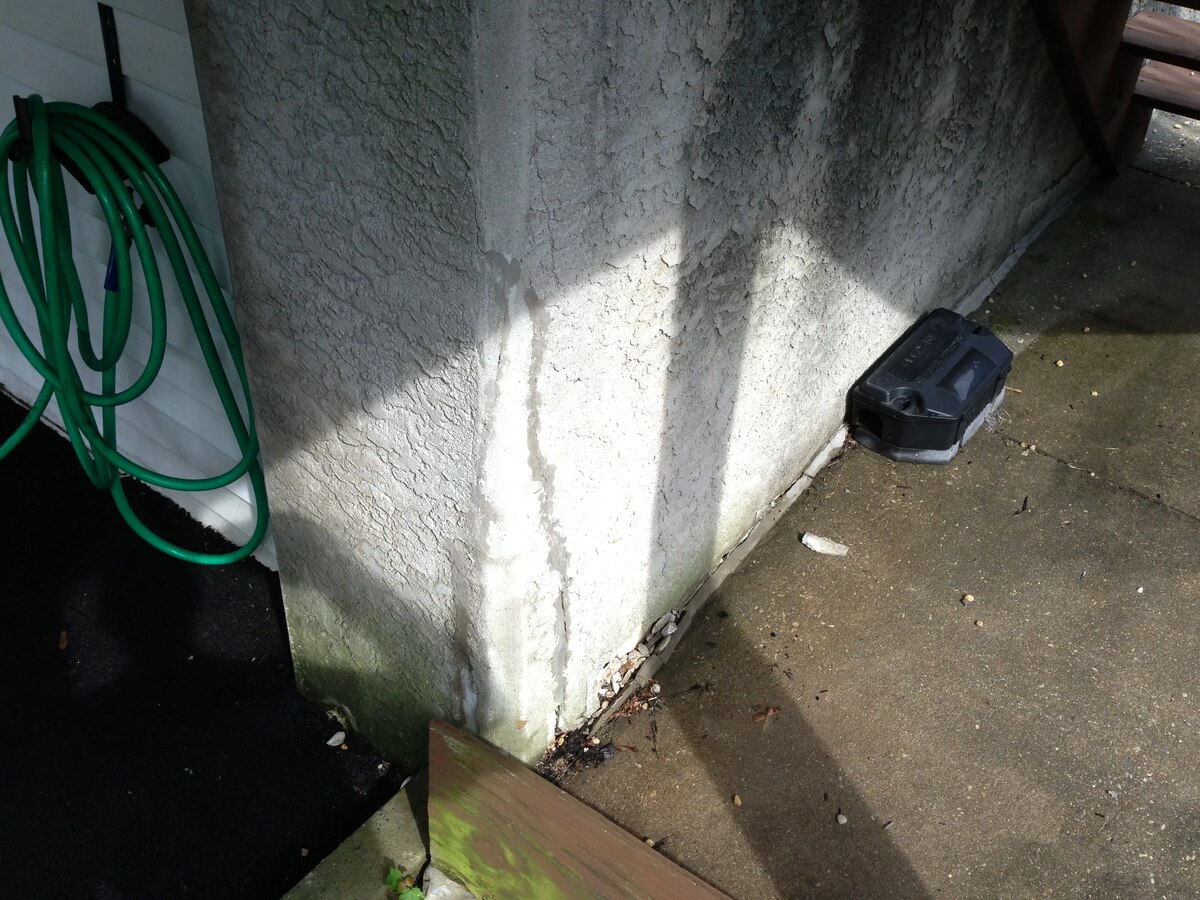
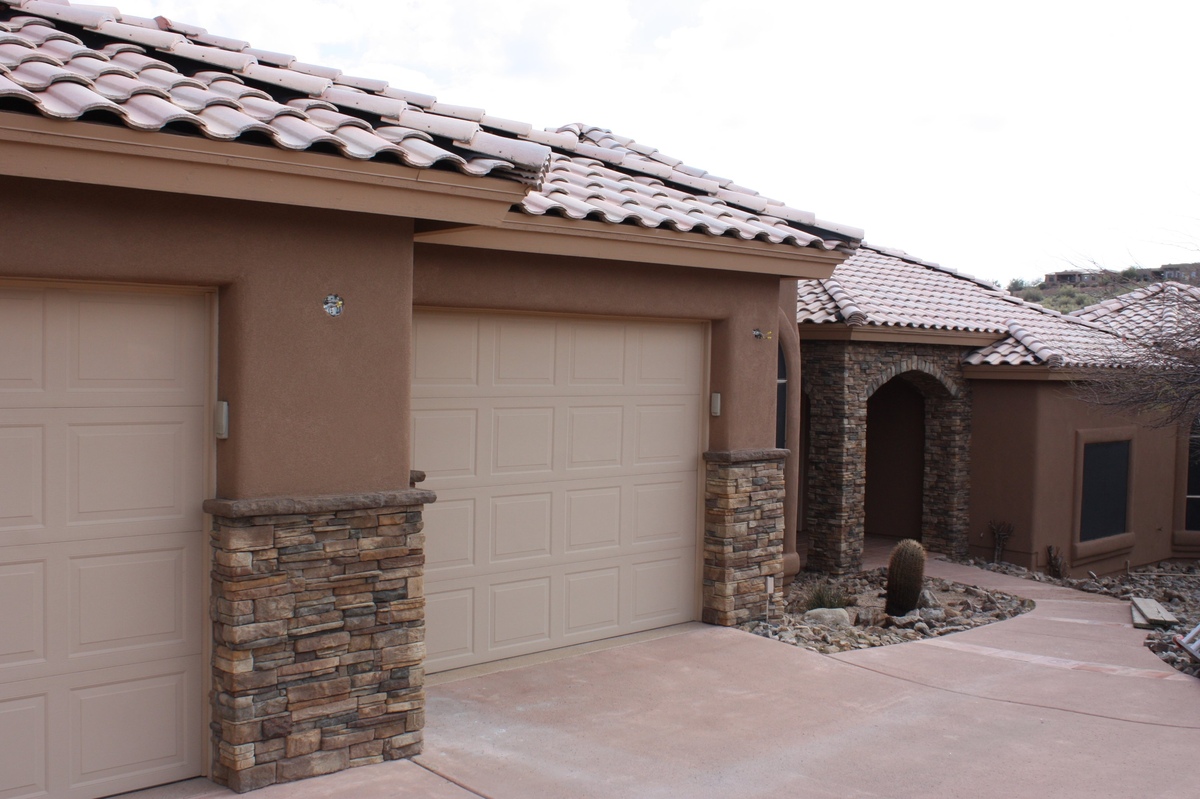
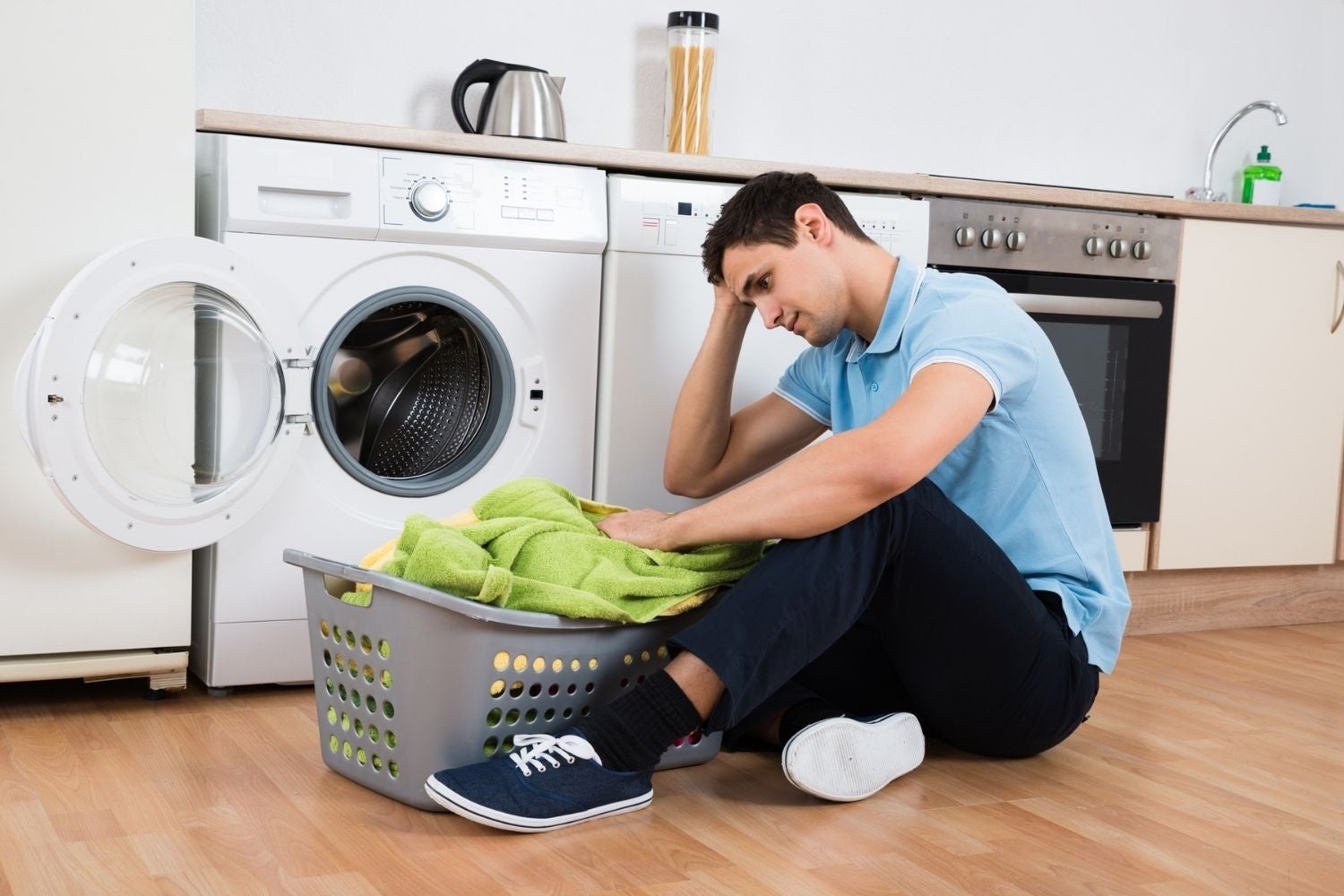
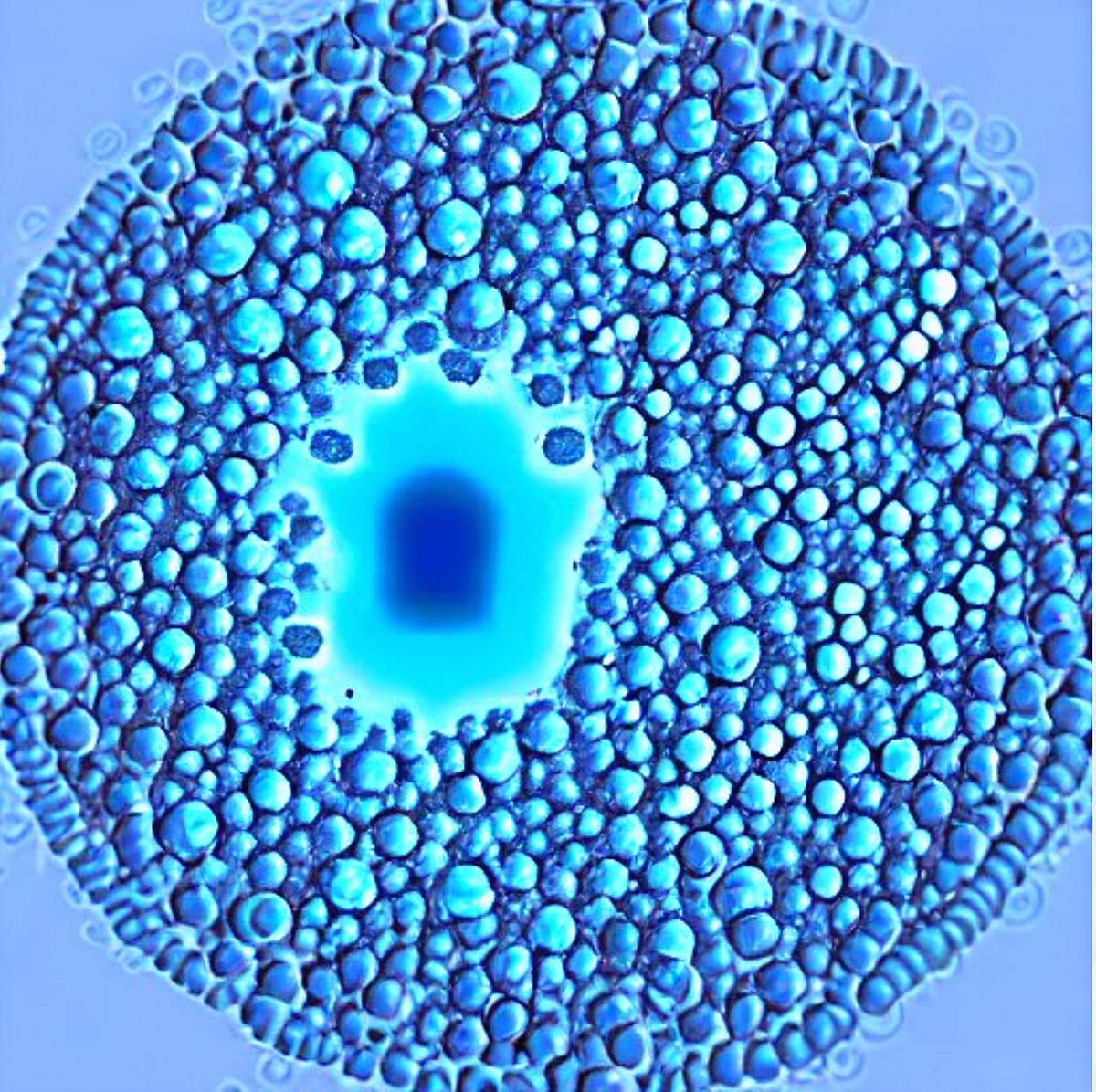
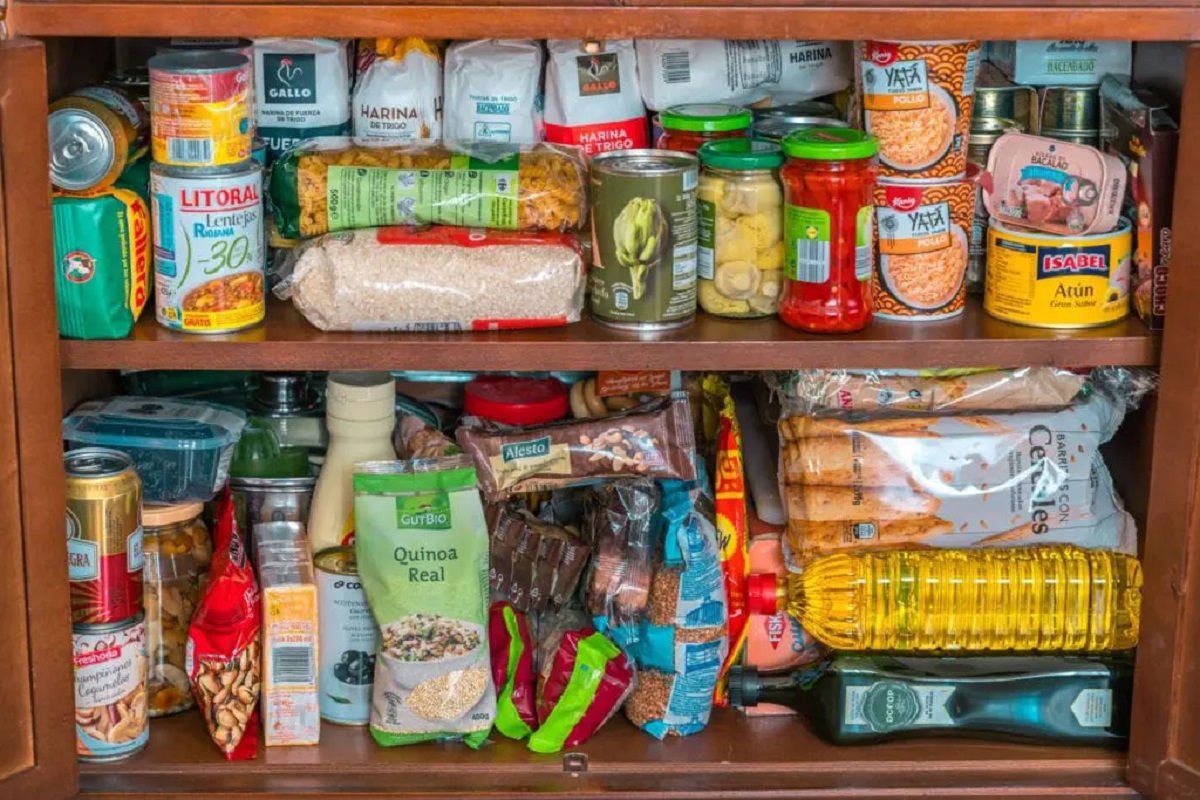
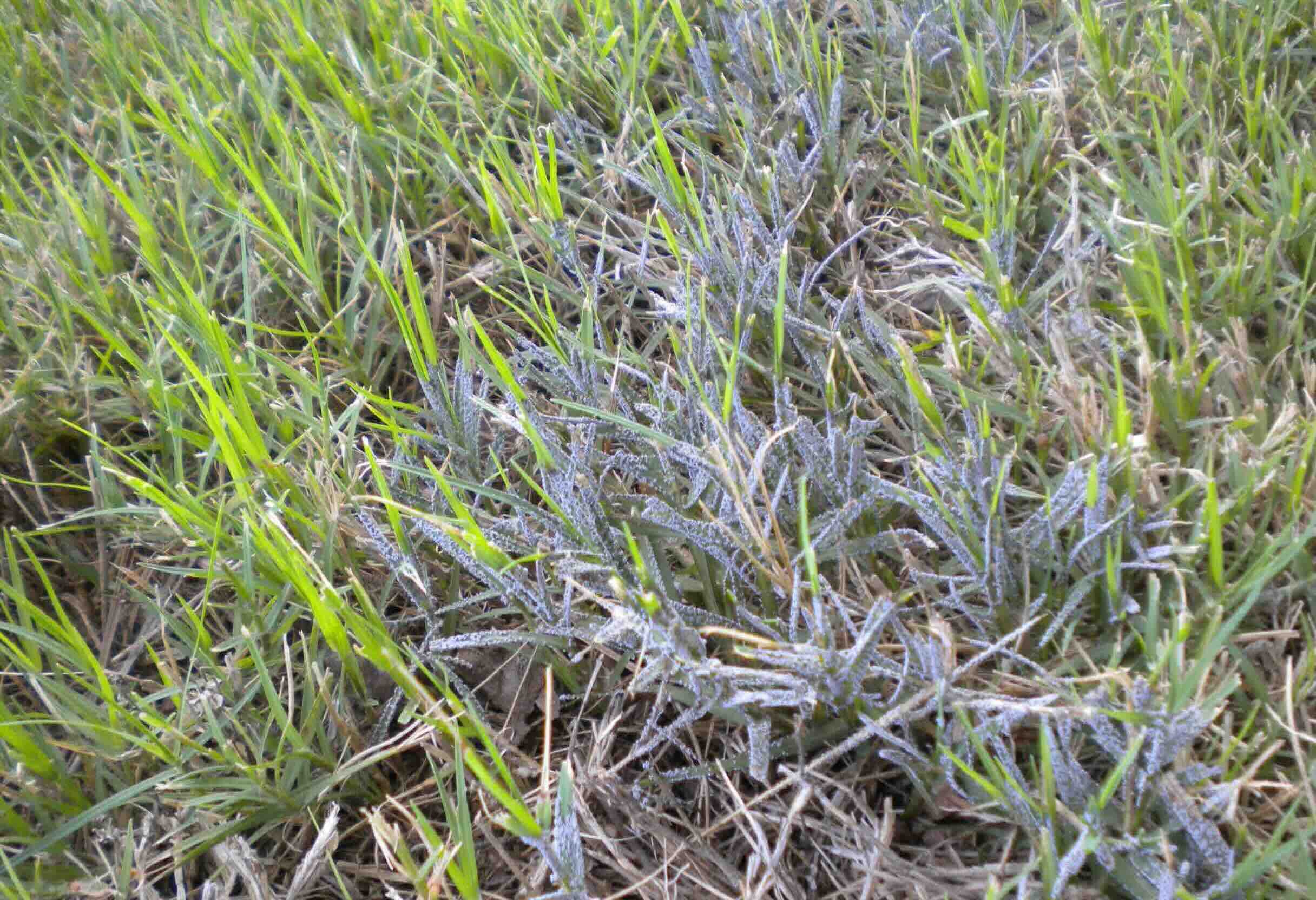
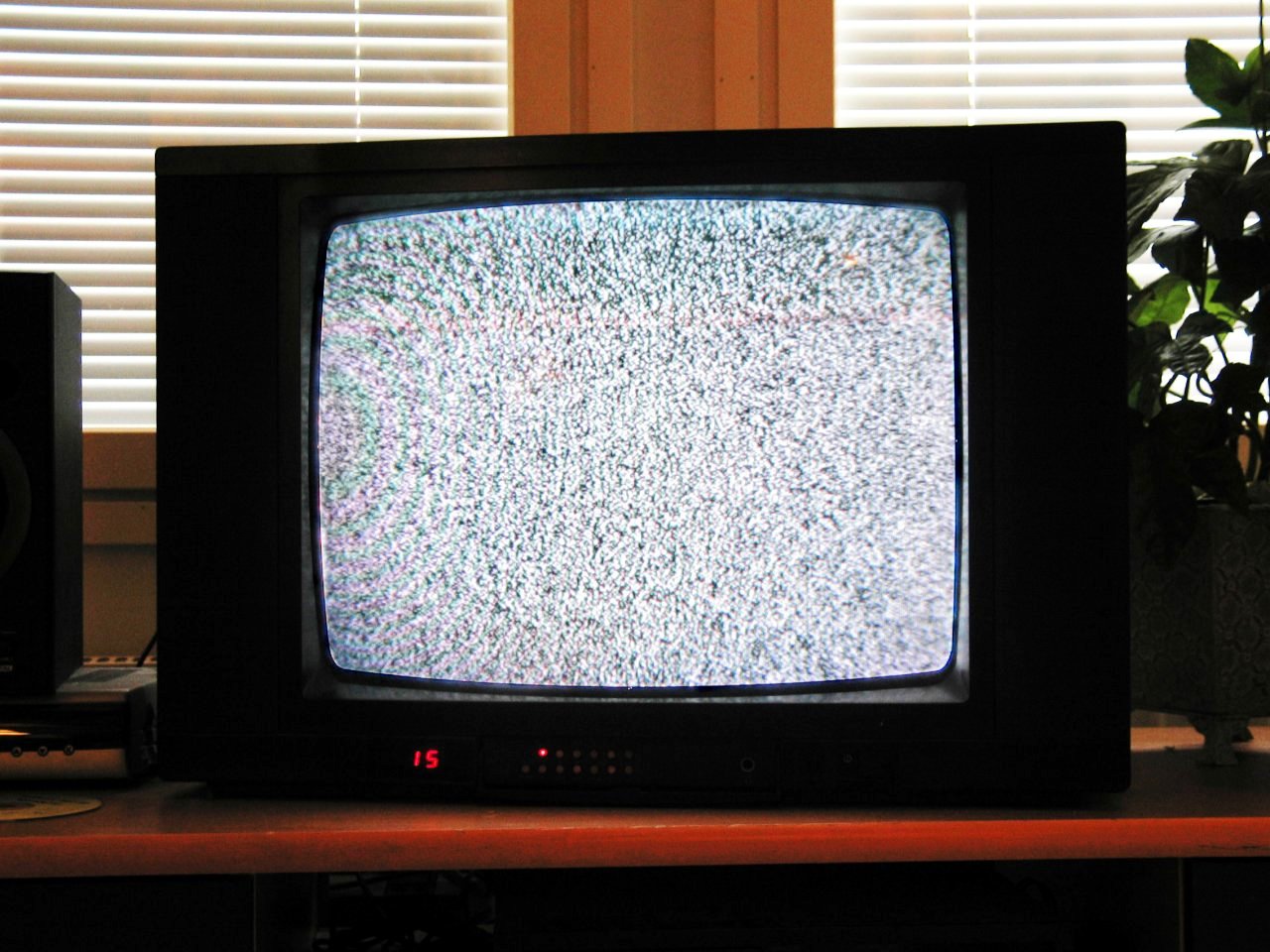

0 thoughts on “What Causes Stucco To Bubble”